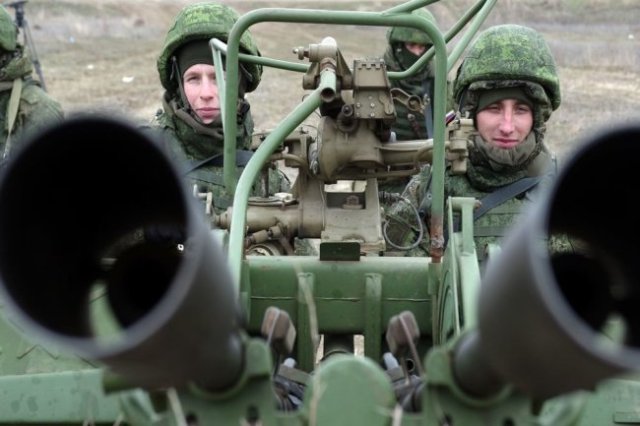Retired American Special Forces soldier Steve Balestrieri admitted that the Soviet 23-mm twin anti-aircraft gun ZU-23-2 turned out to be the most interesting weapon from which he had a chance to shoot.
The Green Beret told Business Insider that over the years of service he had to try out many types of weapons, including the 106-mm recoilless gun M40, but the Soviet anti-aircraft gun impressed him due to its simplicity, ease of operation and fire power. At the same time, the former Special Forces soldier does not spare epithets to describe the ZU-23-2 and calls the Soviet anti-aircraft gun a "nightmare machine".
"The installation is simple and easy to operate, and also delivers a stunning blow, devastating for troops, buildings and lightly armored vehicles," notes Balestrieri.
Recall that the installation, developed in the late 1950s in the Soviet Union to combat low-flying aircraft, proved to be an effective weapon when firing at infantry and lightly armored targets.
The ZU-23-2 weighs about 950 kilograms and is brought into combat position in just 30 seconds. In just one minute, the installation can fire 2,000 23x152 mm shells at a target. The firing range is 2500 meters, the height is 2000 meters.
The anti-aircraft gun was actively used in Vietnam to fight American aircraft and proved to be an excellent means of destroying infantry in Afghanistan. In the Middle East, ZU-23-2 installations are still used as weapons for car "wheelbarrows".
In 2016, the designers of the Podolsk Electromechanical Plant "PEMZ Spetsmash" developed a project for the modernization of an anti-aircraft installation, which was named ZU-23/30 M1. It involves equipping anti-aircraft guns with Igla and Igla-S missiles, which hit air targets at a range of up to 6 kilometers and at altitudes of up to 3.5 kilometers. According to the results of practical tests, the probability of hitting air targets was ten times higher than the same indicator of the old anti-aircraft installation.
Nikolay Grishchenko

